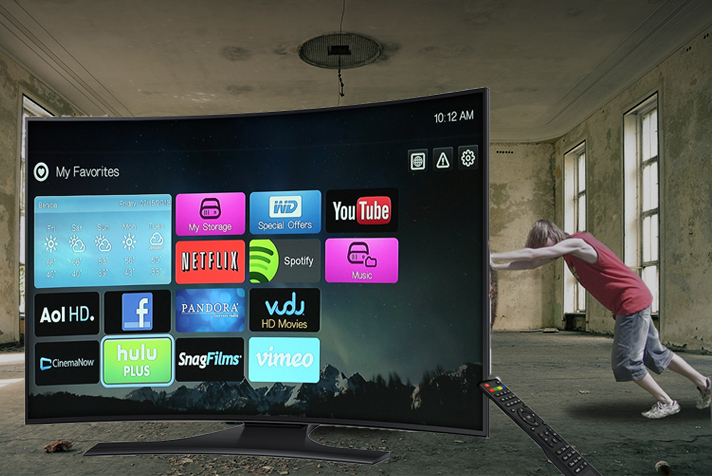If you want ATL media to work hard, you must work hard too

Opinion
Measure what is key for each channel and don’t get led on by fancy metrics that don’t do anything for your media objective.
You have defined your target audience, you know your budgets and you know what you want to achieve. That is a great start. But don’t stop there if the budget you have, or more your investment that you are looking to put in, should deliver against the objective as best as possible.
The upfront work, rigour to identifying the right channel mix for your budget, objective and foremost for your target audience is the hardest and most valuable part of an above-the-line (ATL) plan.
The negotiations with vendors, project management of getting the campaign live and measurement of such is a vital part, no question. But in order to be able to deliver and measure against your defined KPIs you have to put in the hard work of building the ATL strategy.
There are a few things to work through. The target audience insights, the channel mix and cascading choices, phasing of the campaigns or beats, budget allocation and finally the measurement plan.
If these are set right then your ATL campaign is off to good start. It will allow you to track and optimise towards to goal to ensure your are delivering media success.
Now, let’s briefly look at each step.
Build the foundation with audience research
Audience research is the absolute key. To get to the insights use your own data through GA, Shopify and what else you have access too. And ideally if you can work with third parties such as YouGov, TGI etc to get insights into media consumption for your audience so you can pick the channel that really has the chance to deliver the biggest reach.
Such platforms will allow you to size the target audience knowing how many are potentially in your category and market. They will also allow you to check which media channels are consumed the most to prioritise channels.
It is easy to think you think you know your customers based on sample of one or your friends and family, but having a robust analysis can sometimes surprise you. Marketers live in a marketing bubble and we are not the norm.
Latest trends and platforms are good to test but don’t put all your eggs in that basket.
Set the channel mix to allow to drive maximise reach
Pick channels that are right for your audience, product and budget. The goal should be to allow to maximise reach among category buyers.
But reach is not reach on each channel. Reach is the basic layer. Then as a next step look at allowing this channel and platform to grab attention.
Consumers’ attention is fleeing (read Karen Nelson-Field for more on this) and grabbing it, never mind keeping it, is quite a challenge. Platforms that allow you to be 100% in view should be the first choice.
Then think about each platform’s usage. Which devices is it watched on (big as a TV or small as a mobile phone), how is the platformed consumed (passively scrolling, actively listening), how many other advertisers are you fighting with to grab attention and finally which ad solutions does the channel offer.
Now, you have set a list of relevant channels. Now is the time to look at which ones to go for and allocated your budget to.
Build the budgets for each channel bottom up to ensure you drive cut through within that channel to allow to be seen and have a chance to grab that attention. Once you have allocated sufficient budget towards the most important channel for your target audience, then move on to the next.
Multiple channels has proven to be more effective in driving reach. If possible and budgets allow try to run on multiple channels.
Align the ATL phasing to the whole world of your product
Align the timing of the campaign with your product’s seasonality and availability. You don’t want to create all the awareness for a product that is short in stock.
If you ran events, PR or any other below the line activity, align your ATL plan including the messaging to make it an integrated campaign with easy to recognise and memorisable messaging that clearly relates to your product.
Set the measurement framework to ensure you are delivering
Every channel has a role, mix brand with performance activity und don’t expect immediate sales. Advertisement is a long term play. As Nelson-Field has put it, advertising doesn’t shift mountains but it works and it needs constant exposure and create memory structures to get into the relevant set of the consumer to pick you when the purchase moment comes.
For each channel set clear KPIs (key performance indicators) that will allow you to track success and correct the campaign if it goes off rail a bit.
 Nina Franck
Nina FranckIn this way you can evaluate success for each channel, make tweaks and evaluate again for future campaigns.
Be realistic about what each channel can and cannot, should and should not do.
Measure what is key for each channel and don’t get led on by fancy metrics that you cannot optimise towards or don’t do anything for your objective. Keep it simple and effective.
The upfront work takes time and effort. But given that media budgets are key investments to grow your brand it is key to invest the time and effort too.
Nina Franck is an independent comms and media planner. Read her other columns for Mediatel News here.
Strategy Leaders: Mediatel News’ weekly bulletin with thought leadership, news and analysis dedicated to new ideas, challenges, and excellence in commercial media strategy.
Sign up for free to ensure you stay up to date every Tuesday.




